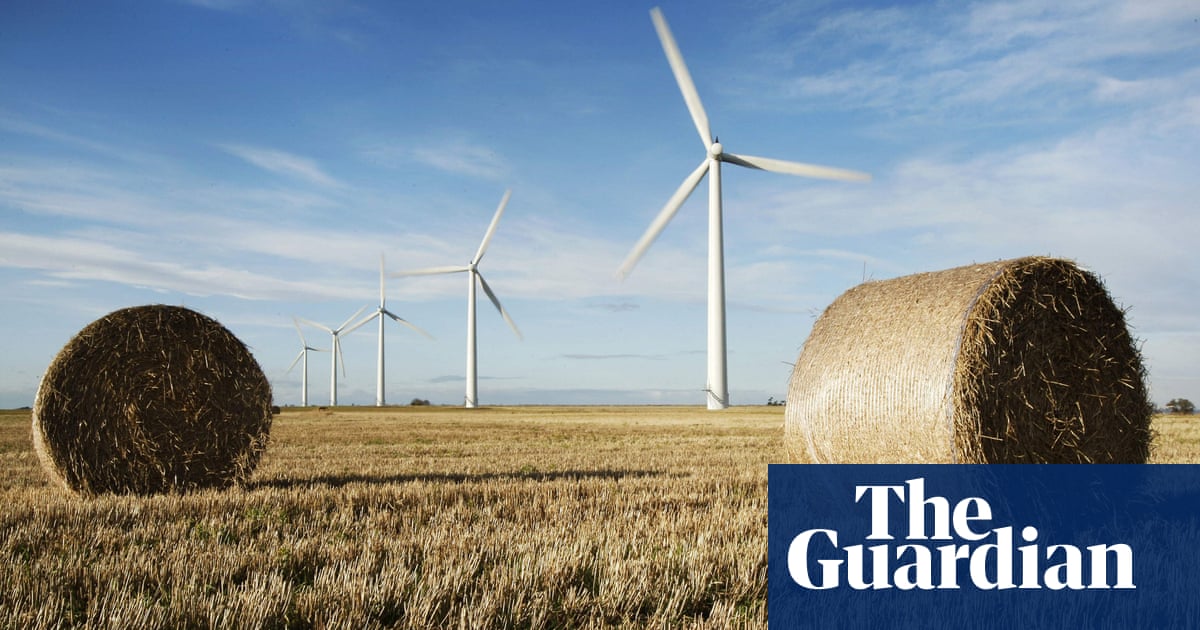
Michael Gove’s plans to lift the onshore wind ban are finally here, after what campaigners have termed a “Tory obsession” with blocking the form of renewable energy.
Since 2015, it has been almost impossible to erect wind turbines in England because the planning system was changed so even one objection from a local resident could derail an entire project – an incredibly stringent interpretation of community consent. Just 20 turbines have been approved since 2014 as a result.
It has taken years of campaigning – and squabbling – within the government and the backbenches to get to this point, which could make it slightly easier to build renewables.
Though what the housing secretary has proposed is better than the previous situation, it still leaves onshore wind at a disadvantage compared with any other infrastructure project and campaigners say developers will still not invest in building windfarms if their proposals could be squashed by local councillors.
It will also confine onshore wind to certain areas of the country, which Gove defined in his statement on Tuesday as “suitable locations”. He is loosening the requirement for a location to be deemed suitable, but other infrastructure projects are not confined to certain places in this way.
Luke Clark from the trade body RenewableUK said: “Previously, the government said that suitable areas had to be identified in a local development plan. Today they have announced new ways of identifying suitable areas, as it can take some time for local development plans to be published. But other forms of energy and electricity generation do not have that requirement to only be in ‘suitable areas’. As a result, we don’t think that it’s going to make a change to increase investment at a level we need to cut bills and increase energy security.”
The updated National Planning Policy Framework statement says: “Except for applications for the repowering and life extension of existing wind turbines, a planning application for wind energy development involving one or more turbines should not be considered acceptable unless it is in an area identified as suitable for wind energy development in the development plan or a supplementary planning document; and, after consultation, it can be demonstrated that the planning impacts identified by the affected local community have been appropriately addressed and the proposal has community support.” Experts say these area-based restrictions are unique to onshore wind.
The shadow energy secretary, Ed Miliband, and the Labour party have been calling for onshore wind to be brought in line with other infrastructure projects, which do not face the same barriers.
Gove’s plans to give discounts on energy bills to those who live near the developments are interesting, but the truth is that all of our bills will be reduced if cheaper forms of energy are given the green light, and we rely less on expensive and planet-destroying fossil fuels.
This loosening of planning rules only came about because of strong campaigning from a large group of Tory MPs, including the widely respected former Cop26 president, Alok Sharma.
Even those green Tories who have been pushing for the amendment have only given lukewarm support to Gove’s words. Sam Hall, the director of the forum Conservative Environment Network, said: “Although not a full normalisation as some have called for, these revised tests open the door to new onshore wind investment in England, which will reduce consumer bills, emissions and gas imports.”
Critics will point out that, although the government says it is prioritising growth, the fact is that it has taken years of campaigning to achieve a tweak to a document that will still discourage cheap, clean energy from being built.












